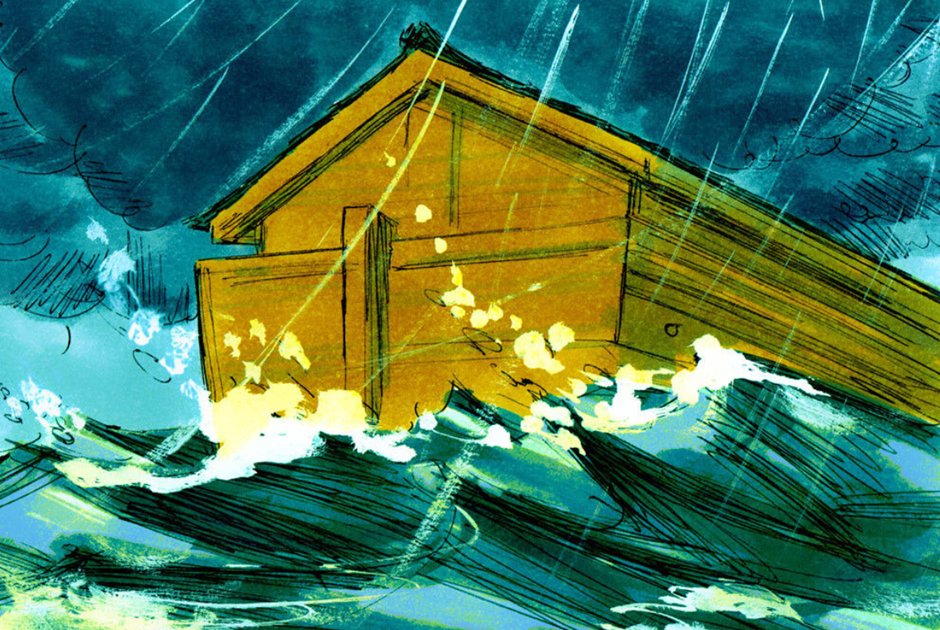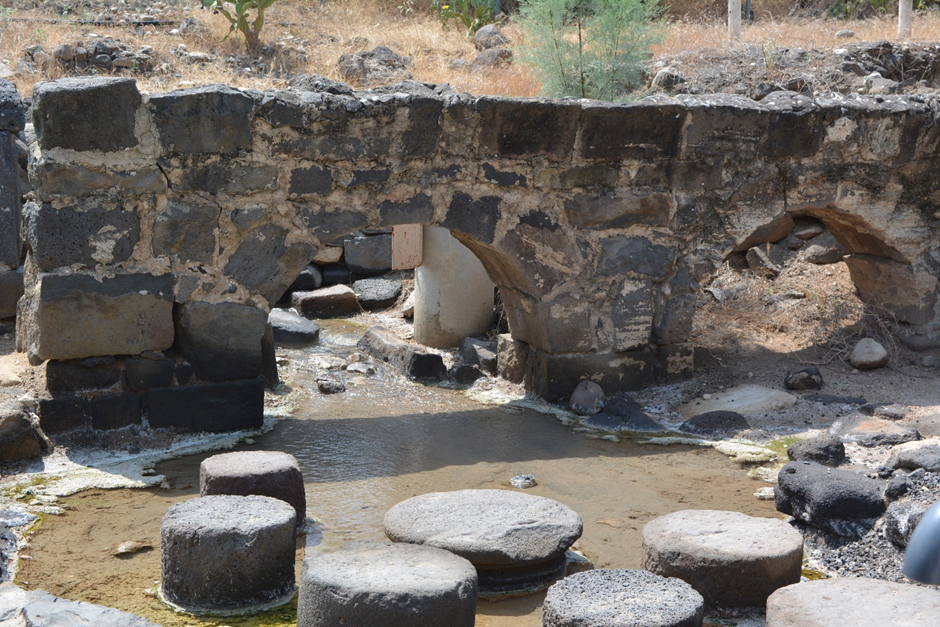

“The sixth lot came out to the children of Naphtali, for the children of Naphtali according to their families.… And the fortress cities are Ziddim, Zer, and Hammath, Rakkath, and Chinnereth (Joshua 19:32-35)”

Photo Credit: Shutterstock
Today we are visiting an off the beaten track treasure, currently not well known to non-Israeli tourists, but historically famous worldwide. I am of course talking about Hammath (hot springs) of Tiberias National Park. This site has some of the most impressive remains in the country, the centerpiece being a beautiful Talmudic era synagogue with possibly the best mosaic floor in all of Israel. The site also affords beautiful views of the Sea of Galilee. Hammath, though, isn’t just a treat for the eye, but also the skin! This archeological site has natural pools for tourists to bath in, and a wonderful rich history to enjoy.

Photo Credit: Shutterstock
According to Jewish sources, these underground hot springs (17 in all) first came about due to the flood of Noah. The flood came from two sources: the rain from above, and the flow of “all” of the springs from down below (see Genesis 7:11). The springs get their heat from the fires of Gehinnom (often interpreted as “Hell” for lack of a better translation). At the conclusion of the flood, the rains stopped and “springs” were closed (see Genesis 8:2). This time however, the Torah intentionally didn’t use the word “all” to describe the closings of the springs because (according to Jewish texts) not all of them were closed. The springs that would bring benefit to the world remained open, such as the hot springs of Tiberias.

Photo Credit: Freebibleimages.org
In Canaanite times a fortified city, then simply called Hammath (literally translated as hot springs) existed here. Joshua later conquered this territory, and the land was given to the tribe of Naftali (see Joshua 19:22-25). The town reached its zenith in Roman times. The hot springs became famous throughout the Empire as the waters were known for their superior healing properties. The Romans built many sophisticated spas around the springs, turning this small town into a major resort destination.

Photo Credit: Shutterstock
A large Jewish community developed in Hammath Tiberias, that flourished for centuries. Two synagogues have been located in excavations (one of them is currently buried, under a lawn at the nearby Holiday Inn hotel. This is because it was found during the British Mandate period, and they had a rule that once you found something, you had to re-bury it.) The most impressive one was massive; at least two stories high, with several rooms (including a Kiddush room), and a one-of-a-kind mosaic floor. It is likely that many other synagogues existed here, and hopefully future digs will unearth them!

Photo Credit: Shutterstock
Many of the great Rabbis of the Talmud spent time healing at the hot springs. Rabbi Shimon Bar Yochai, Zt’l, for example, hid from the Romans for 12 years in a cave with his son. When Emperor Hadrian (who wanted him dead) passed away, he was able to leave, but was covered in painful sores from his ordeals. After spending a few days bathing here, he was completely healed. His contemporary, Rabbi Meir, Zt’’l, lived in Hammath Tiberias and gave popular Torah classes here. The springs themselves are mentioned many times in several books (written over the last 2000 years) that deal with case studies of Jewish law. For example, although Jews are forbidden from cooking on Shabbat, the sages discuss whether cooking food in the “Hot Springs of Tiberias” is considered “cooking” as Jewish law defines it and therefore forbidden (or not).

In the early Muslim period (circa 8th century), the town was completely abandoned until 1780, when a Turkish bathhouse was built here (that operated until 1944). Today that bathhouse is a museum that can be visited by tourists to the National Park. On your next trip to Israel, I encourage you to visit this amazing site and enjoy a soak in its pools!
(All photos are either public domain or licensed by the author for commercial use)
Please visit the author’s Israel tour guiding site: https://guidedtoursofisrael.com






![Sacred Rage! – Pull Up a Chair [audio]](https://www.jewishpress.com/wp-content/uploads/2025/02/baby-623417_640-218x150.jpg)
![Victory In Gaza – The Jay Shapiro Show [audio]](https://www.jewishpress.com/wp-content/uploads/2025/02/injury-6860646_640-218x150.jpg)












